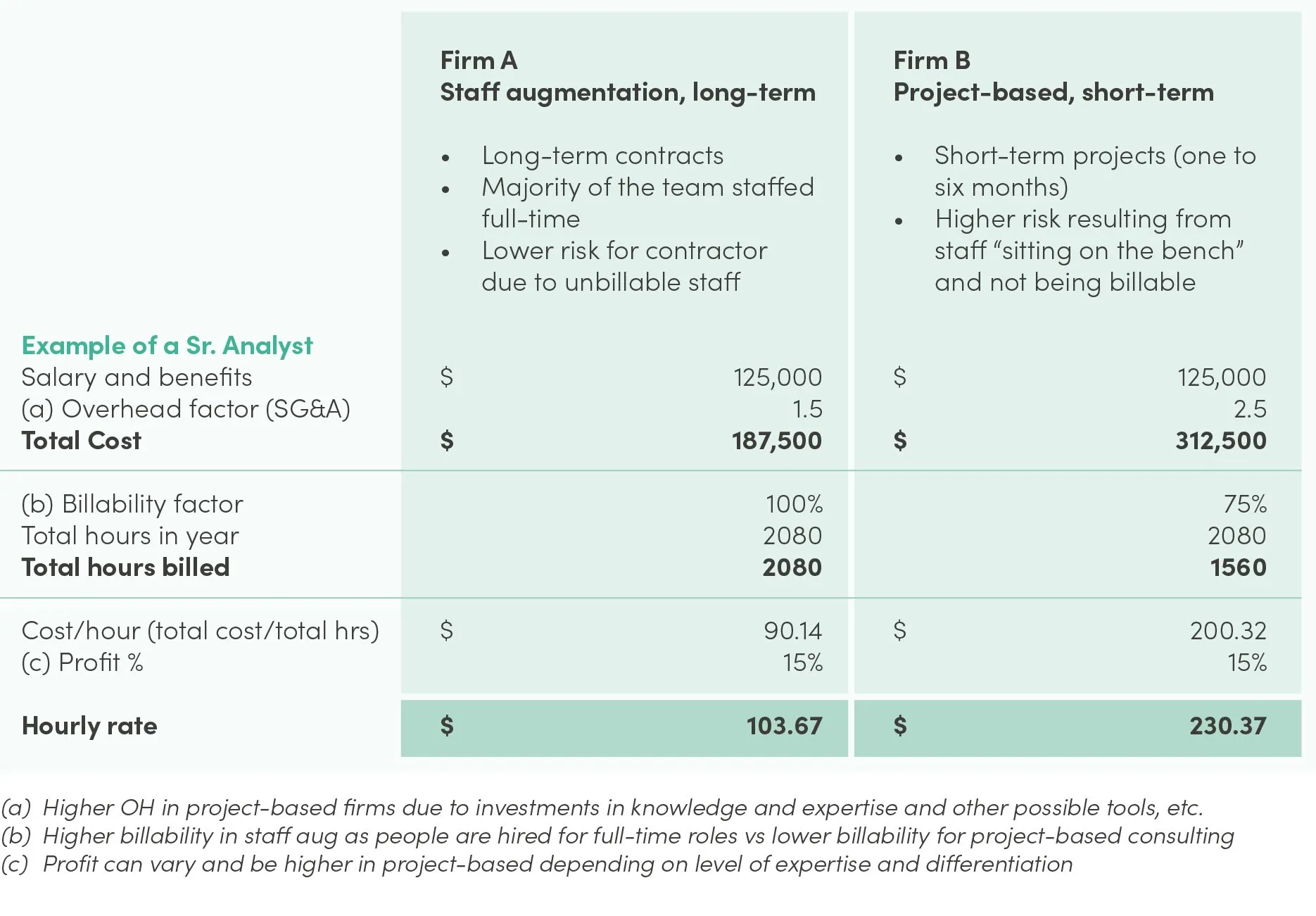Five strategies from private equity to reduce federal contract spending
Written in collaboration with Public Spend Forum
Written by:
Adrian Leibovitch, Principal - Public Sector, Efficio
Fabian Moreira-Philipps, Principal - Public Sector, Efficio
Matthew Lekstutis, Director - Supply Chain, Efficio
Raj Sharma, Founder & CEO, Public Spend Forum
Jack Kinney, Senior Analyst, Public Spend Forum






